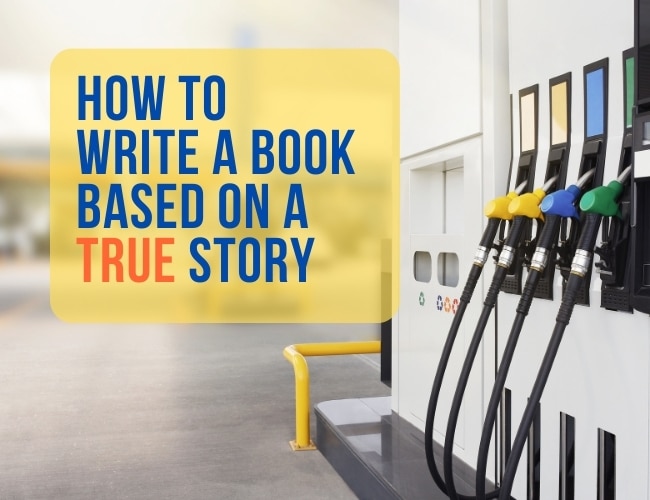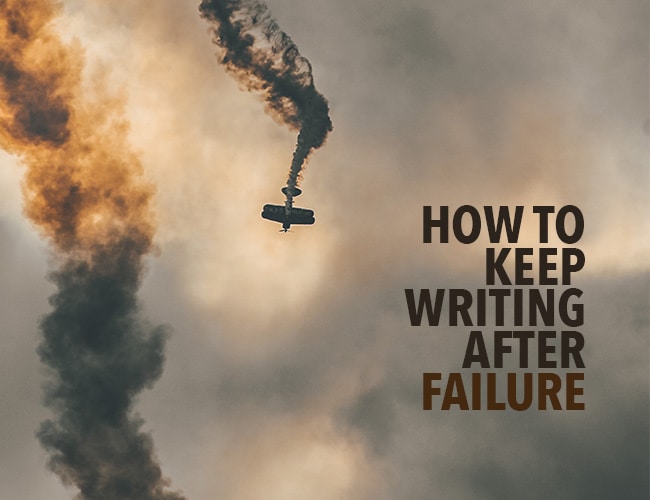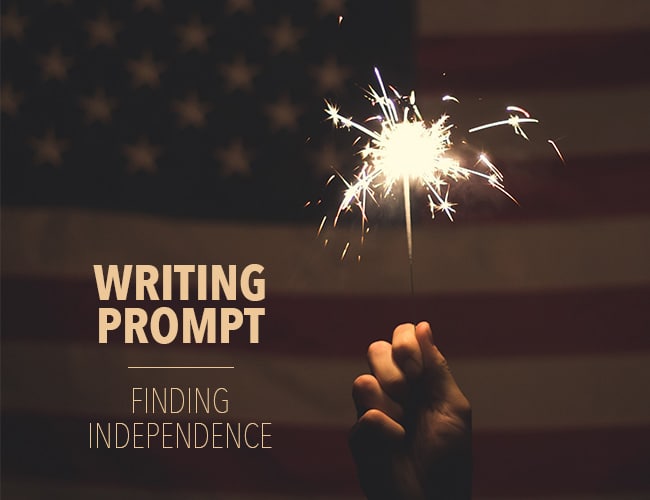
by David Safford |
If you’re not finishing your writing, it’s because of fear. Fear is far more influential than we like to think. We like to believe that we’re not succumbing to fears because we are good at goal-setting, or perhaps we stick to a writing schedule of some kind.
Yet fear is insidious. It is subtle. It speaks with voices you can’t hear, and unless you weed those voices from your psyche, they will forever impede your writing dreams.
Here’s how to overcome your fears and finish your writing with confidence!

by David Safford |
Life is filled with stranger-than-fiction moments. You might be wondering, though, how do you know how to write a book based on a true story? Because in practice, it’s much harder than it sounds, right?

by David Safford |
Writing a great story is hard. Every author worth his or her salt knows this from painful experience. And if you’re setting out to write something worthwhile, you’re going to encounter failure along the way. But that doesn’t mean you’re a failed writer.
Despite the temptation to give up or run away from writing again, you have to keep going. You have to keep writing.
Because the reward waiting for you is priceless. Not only that, the reward can only come from failure.
And it’s the ingredient that will make your story a must-read.

by David Safford |
We all long for independence. It’s hard-wired into the human spirit.
Perhaps this is because we all know what it feels like to be trapped. Have your circumstances ever penned you in? Have you ever been forced to look to something or someone else for sustenance, when you would rather be standing on your own feet?
That’s what today’s writing prompt is all about.

by David Safford |
It’s your dream to publish and sell a book. Thankfully, there’s never been a better time to do it, as all the tools you could possibly require are at your fingertips. And the best news is that many of them don’t cost a penny, allowing you to publish, market, and sell your book for free! All you have to do is figure out how to sell books.
Of course, what you don’t pay in cash you will be paying in gumption. As with any publishing route, there are pros and cons to using mostly free resources, and I’ll illustrate those as we go so hopefully you can avoid some of the mistakes I made in my own free publishing journey.




